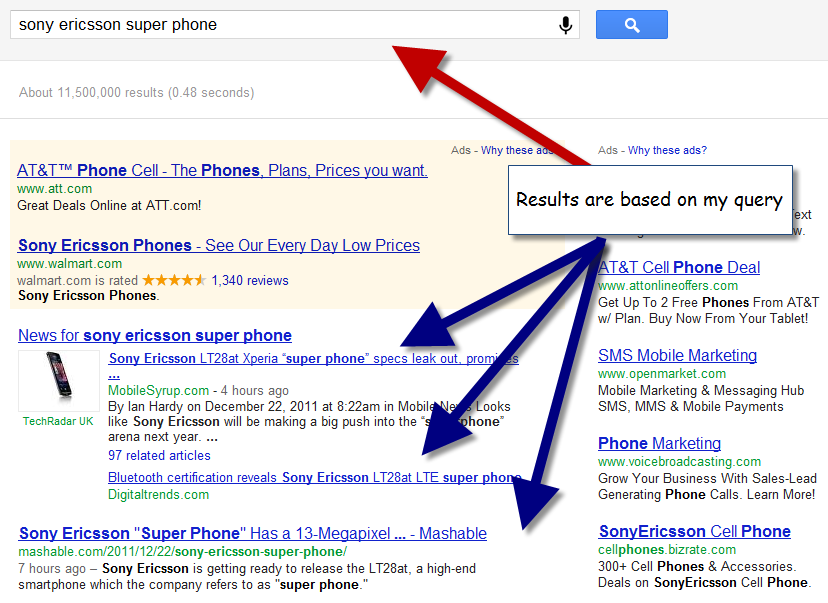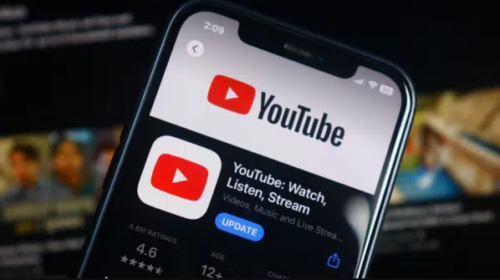Optimize Facebook Open Graph Tags: They Are the 50%
In my previous post on ensuring your open graph tags were properly set up, I stressed the importance of having these tags in place so as marketers we can stay in control of the message we send to our audiences. I suggested that a simple solution would be to have your open graph tags reference […]
I suggested that a simple solution would be to have your open graph tags reference your title tags and descriptions, and you will be broadcasting a message which you have (hopefully) hand crafted, which aligns with your business message.
Optimizing The Open Graph
To further support just how important controlling your message utilizing the open graph tags is, a recent study which was done by AddThis and ClearSpring concluded that Facebook is responsible for 52.1% of sharing on the web. That number is remarkable.
This means, as marketers, if we are ignoring Facebook, we are making a huge mistake. Something that is responsible for that kind of sharing should be harnessed.
But it occurred to me that in many situations, the message you hope to display in a search engine might be very different than the message you want to share in Facebook. This is simply because information is found differently on a social network than it is on a search engine.
Information Discovery: Engagement vs. Searching
The method of information discovery on a social network is very different in nature from that of search engine. In a search engine, we optimize around keywords and themes. The results our users see are based on a need for information based on their search criteria.

But this is not the case on Facebook. On Facebook, our users see whatever shows up in their stream.
There is certainly an element of interest involved in it based on edge rank, but there is very little control as to where and sometimes when a link will show up in a user’s Facebook stream. It’s a constant flow of information.
The Facebook Opportunity
Given all that I mentioned above; that Facebook accounts of over 50% of all sharing across the web, and that the content discovery method is different, it would seem that there is a tremendous opportunity for content which appears on Facebook and better target audiences using the social graph.
Further Optimizing Facebook Sharing Experience
Here are a couple tips that I have come up for marketers to take advantage of and better optimize for Facebook:
Character Lengths
I have been working with BrightEdge, using their Social Site Audit solution to analyze open graph tags and Facebook posts. We discovered that in a sample of 300 webpages liked or shared on Facebook, the titles began to truncate at around 95 characters and the descriptions at around 297 characters.
This is a huge opportunity for marketers, giving more real estate to better articulate the content in the link, include more relevant information as well as customize their message to a different type of audience.
Images
Catching user’s attention anywhere has always been why marketers exist. One great thing about Facebook is that the shared links have an associated image with them (if it is available) making it easier to stand out. This is different than in a search result where we currently do not have that luxury.
Including a captivating image can make a big difference in reaching your audience and locking them in. Remember, audiences are “stumbling” across your information, not searching for it and seeking information. The content has to entice them to click.
Reach Audiences In A Whole New Way
As a boiler plate solution, sure, you can have your Open Graph tags default to the title tags and descriptions you are currently using and let the post image appear. But as a marketer, beware of the missed opportunity.
My suggestion, if it seems tedious, start small and only implement customized open graph tags for content that you feel your audience will have a positive response around. But even this seems short-sighted.
I would anticipate a significantly higher click through rate if this content is better optimized for a social human being rather than an algorithm.
Yes, I know Google says to optimize for users, but let’s be honest, there is still an element in there of hitting the right terms, and given the restricted space, we all keep the search engine in mind.
This roadblock doesn’t exist in the same way on Facebook. At the very least, we can include additional information like brand name, better calls to action or more contexts behind the article.
It might be a challenge, but the payoff can be a game changer.






